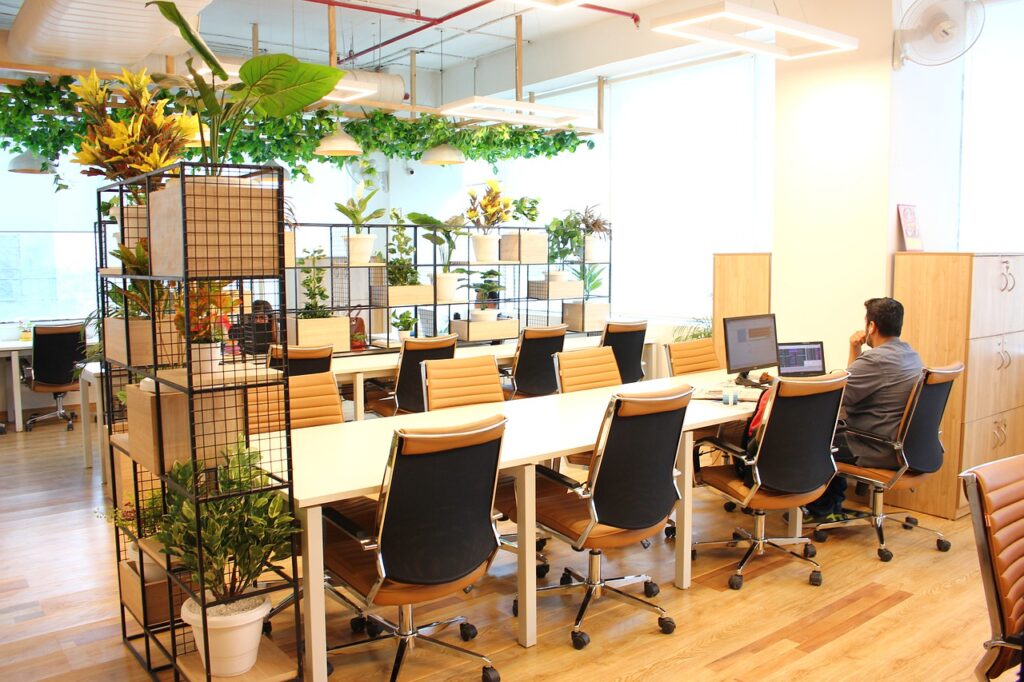
The global pandemic created a seismic shift in working practices and COVID-19 had a noticeable impact on the global coworking industry.
It is an industry that had managed to make giant strides in changing the way we work and with the development of specific coworking software the sector was well placed to cater to a new generation of entrepreneurs and workers.
Bouncing back
A recent global study produced by Coworking Resources predicted that the yearly growth of the industry is expected to exceed 20% and coworking spaces will go beyond 40,000 by the time we reach 2024.
The report predicts that close to five million people will be using coworking spaces with the next couple of years, and that represents an increase of more than 150% compared to 2020.
This demonstrates the resilience of an industry that had become an accepted way of working in the future before COVID-19 put a temporary hold on our personal and business lives.
A change in the demographic
For any industry to succeed it has to adapt to changing circumstances and any challenges that get in its way.
What seems to have taken place in the world of coworking is that despite the fact that some freelancers and entrepreneurs have decided to work from home and may not return to a coworking environment in the foreseeable future, they have been replaced by an upturn in the number of corporate users.
With more flexible working on the agenda, corporate users are seemingly keen to have the option of finding a more cost-effective way for their employees to work rather than revert back to the usual office arrangement.
A new design for the post-COVID era
Every office space and working environment has had to go back to the drawing board in order to design a workplace that meets social distancing needs and creates a place that workers feel safe in.
The coworking industry has actively embraced this need to meet social distancing protocols and one of the fundamental reasons why the number of coworkers is predicted to grow at such a healthy rate is the fact that providers have been very proactive in making the changes required.
The end result is a place to work that is safe because of new workplace health and safety standards.
As coworking is still a relatively new industry compared to the traditional office blueprint it has meant that the sector often has the edge in terms of being able to adapt and create modern office space more easily.
Meeting the demands of coworkers
The only way that the coworking industry can achieve the predicted growth rates is to give the people who want to use these spaces exactly what they want.
Post-pandemic coworkers want more privacy and safe spaces. They also want more seating options and flexible contract terms.
There is plenty of anecdotal evidence to suggest that the coworking industry is meeting these demands and delivering a smart building solution that creates a working environment fit for future work trends.
It would seem safe to say that coworking is on the way back after the shock of COVID-19 and it is well place to accommodate the anticipated surge in numbers as the world of work adapts to the changes that have been forced upon it.